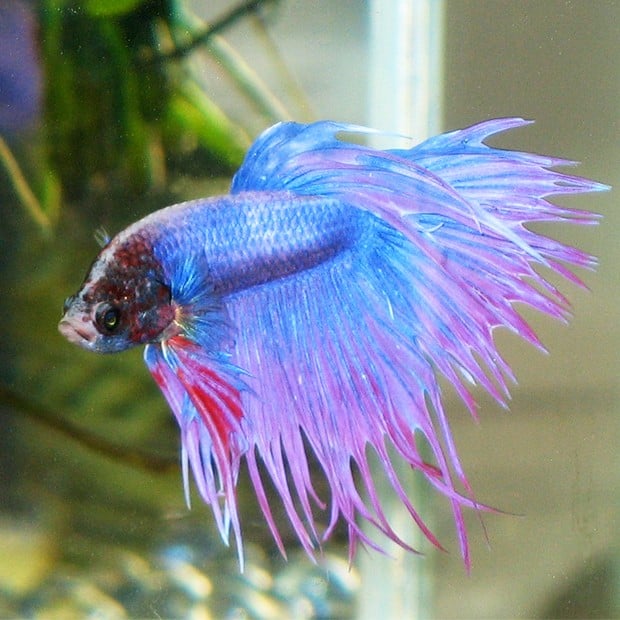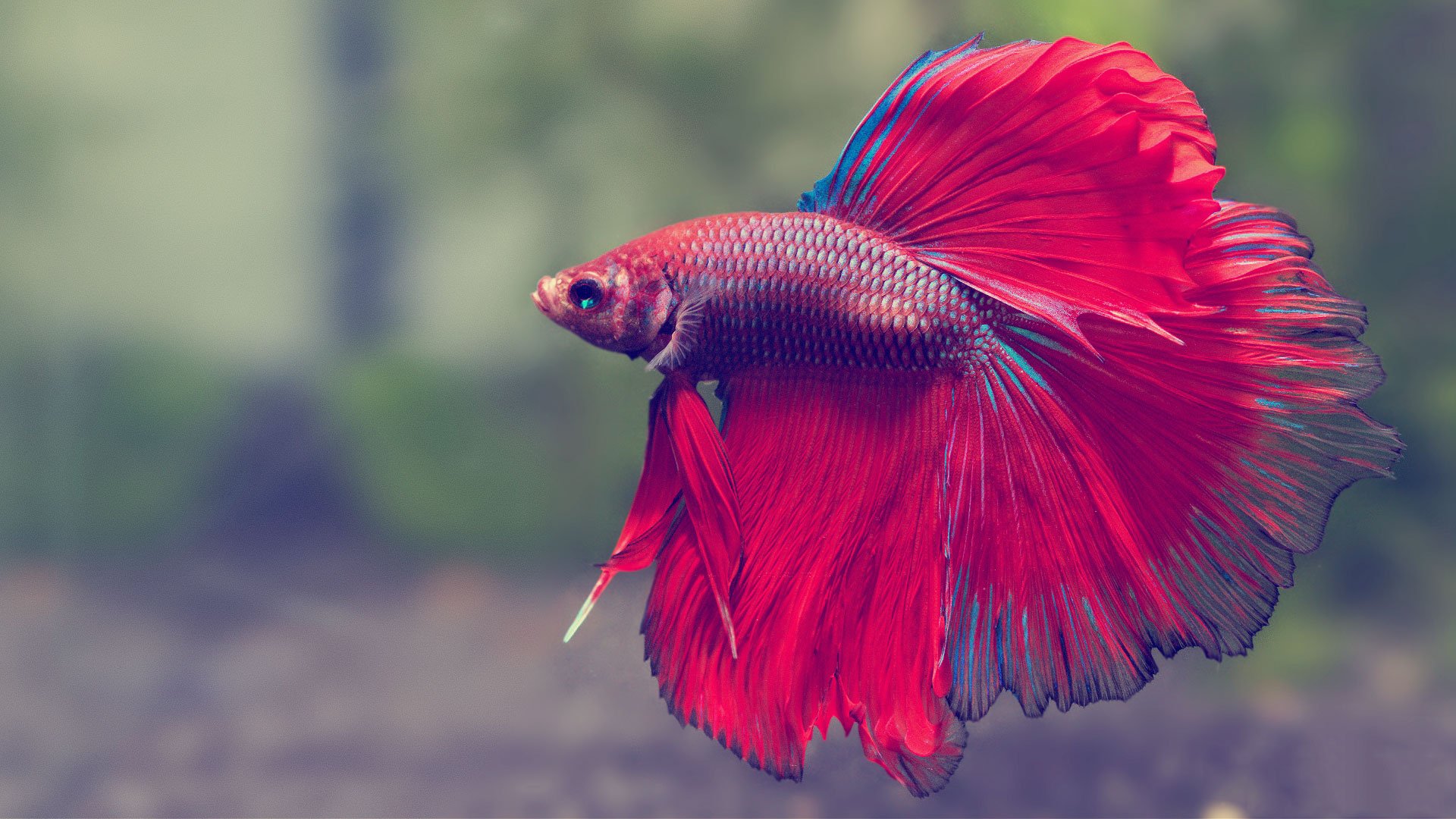Breeding Betta Fish: a Comprehensive Step-By-Step Overview to Successfully Raising Child Bettas From Eggs to Their Adult Years
Breeding Betta fish is a precise venture that calls for careful planning and implementation to ensure the successful growth of fry from eggs to develop fish. As the male Betta diligently constructs a bubble nest and guards the valuable eggs, the subsequent stages of treatment and transition need focus to detail and knowledge of finest practices.

Picking Reproduction Pairs
When getting started on the journey of breeding Betta fish, picking the right breeding sets is vital to attaining desirable traits and a healthy and balanced family tree - betta fish. The very first step in this procedure is to identify the particular attributes you wish to improve or maintain, such as color, fin type, and body form. It is vital to pick genetically diverse sets to stay clear of inbreeding, which can cause wellness issues and unwanted attributes
Assess prospective reproducing prospects meticulously. A healthy and balanced male Betta needs to exhibit vivid colors, an active temperament, and well-formed fins, while the lady should likewise display lively coloration and a rounded tummy, suggesting readiness for spawning. Observing the character of both fish is essential, as hostile or extremely reluctant people may not breed efficiently.
Paperwork of lineage is just as vital. Keeping documents of the moms and dad fish's ancestry can assist you track genetic attributes and potential problems. In addition, consult respectable dog breeders or online sources for advice on selecting compatible sets. Ultimately, spending time in the option procedure will substantially boost the likelihood of producing strong, vibrant children that fulfill your breeding goals (betta fish).

Preparing the Breeding Container
Producing an optimum reproduction setting is a crucial action after selecting ideal pairs for Betta fish. The breeding container need to be especially created to provide comfort and boost the all-natural reproduction behaviors of the fish. Start with a tank size of at the very least 10 gallons to ensure appropriate area for both the man and female Bettas.
Keep a gentle filtering system to maintain the water clean while staying clear of solid currents that can emphasize the fish. Furthermore, an air rock can be included to supply oxygenation without disrupting the water surface area excessive.
Temperature regulation is crucial; go for a steady series of 78-82 ° F(25-28 ° C) making use of a trustworthy heating unit. The pH degree ought to be kept between 6.5 and 7.5, and regular water modifications are essential to guarantee high water quality.
Incorporate floating plants or spawning mops to develop concealing spots for the lady, while additionally encouraging bubble nest structure by the man - betta fish. Make sure the storage tank is complimentary from sharp designs and any prospective dangers, as the well-being of the fish need to constantly be focused on throughout this crucial stage of breeding.
The Reproduction Process
Typically, the reproducing procedure for Betta fish includes a series of distinct and visible habits that suggest preparedness for recreation. The redirected here male Betta starts by constructing a bubble nest at the water's surface, which works as a site for the fertilized eggs. This nest is critical, as it offers a risk-free environment for the eggs till they hatch out.
When the nest is developed, the man will certainly show courtship habits, such as flaring his fins and exhibiting vibrant shades to bring in the female. The lady, upon noticing the male's readiness, will respond by presenting upright stripes along her body, indicating her receptiveness.
When the women techniques, the male takes part in a breeding dancing, frequently causing a welcome understood as the "spawning." Throughout this welcome, the woman releases see this page her eggs, which the male feeds quickly. The fed eggs then fall to the bubble nest, where the male meticulously accumulates and returns them to the nest. Following this, the male presumes obligation for safeguarding the nest and making certain the safety and security of the eggs up until they hatch, normally within 24-36 hours. This phase is crucial in the reproducing procedure, laying the structure for successful fry advancement.
Caring for Betta Fry
Caring for Betta fry requires careful attention to their atmosphere and nutrition to guarantee healthy growth and advancement. After hatching, Betta fry are incredibly little and at risk, necessitating a secure and clean environment. Maintaining a water temperature between 78 ° F and 80 ° F is important, as Betta fry grow in warm conditions. Additionally, ensure that the water is cost-free of dangerous toxins; routine water modifications of 10-20% are advised to preserve optimal water quality.
Feeding Betta fry is equally essential. Feed them little quantities numerous times a day, being careful not to overfeed, which can lead to water quality issues.
Transitioning to Adult Bettas
As Betta fry mature, transitioning them to grown-up Bettas is an essential phase that calls for mindful dig this monitoring of their environment and social interactions. This procedure typically starts when the fry get to around six weeks old, whereupon they can be slowly introduced to a much more organized living setting.
To facilitate this change, it is vital to guarantee that the water criteria-- such as temperature level, pH, and ammonia levels-- are optimal and secure. Adult Betta fish grow in warm water (around 78-80 ° F) with a pH of 6.5 to 7.5. Gradually accommodate the fry to these problems to reduce stress and anxiety.
Social communications are one more key variable; male Bettas are notoriously territorial and hostile. As a result, it is a good idea to separate men right into individual tanks as they grow. Female Bettas can be housed with each other, however care needs to be taken to check for signs of aggression.
Furthermore, nutritional adjustments must be made as the fry expand. Integrate premium pellets and live foods to support their growth and health. By taking care of these factors efficiently, you can promote an effective shift to adulthood for your Betta fish.

Verdict
Effective breeding of Betta fish calls for cautious focus to information throughout the whole process, from picking genetically diverse sets to offering optimum care for fry. In addition, a balanced diet regimen and progressive adjustment to adult environments are vital for the development and development of Betta fish.